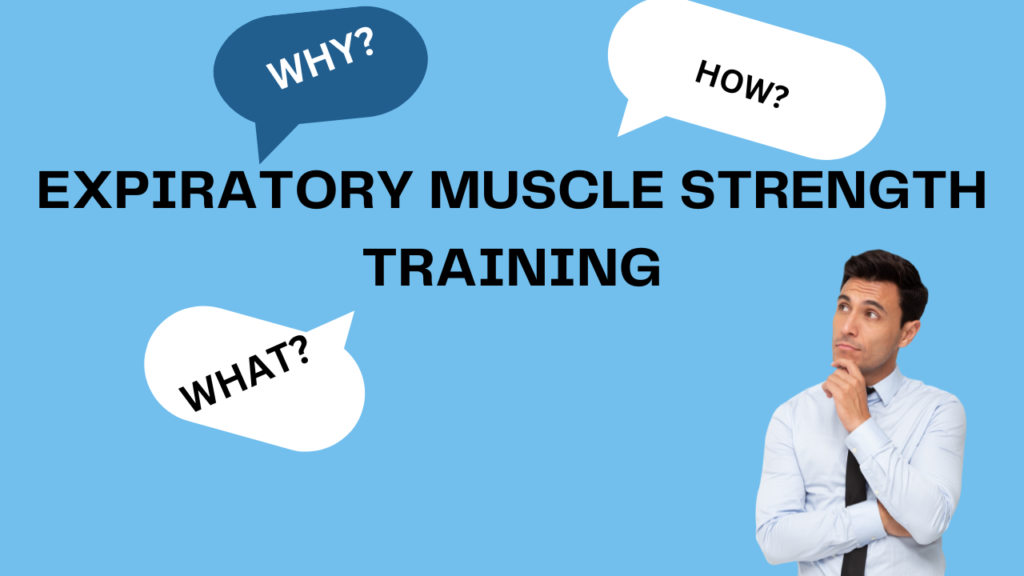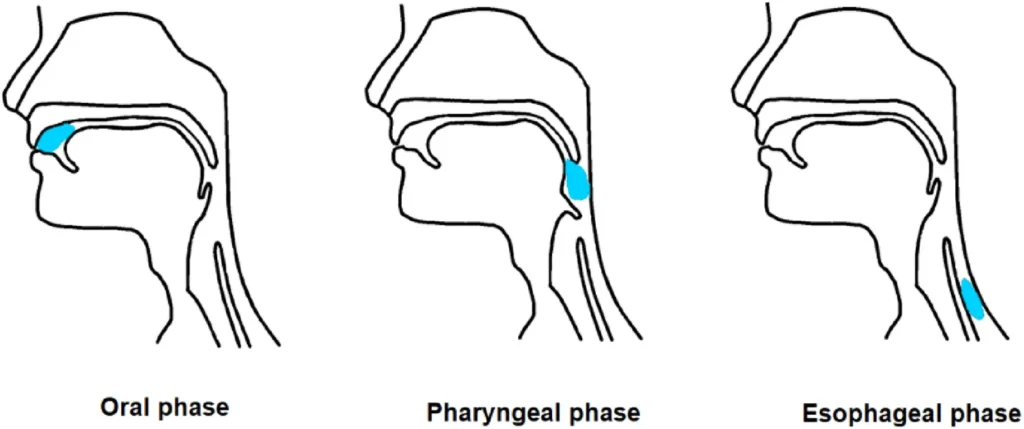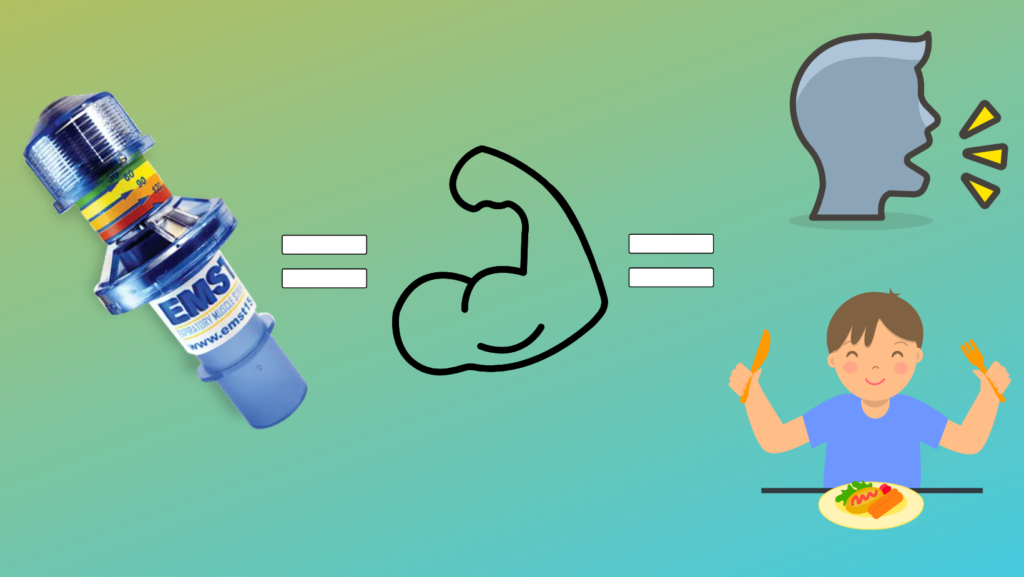
Your SLP (Speech Language Pathologist), clinician or physiotherapist might have already recommended you about using the EMST 150 for whatever problems you might be facing. But, as a user, there might be so many questions running through your mind about what exactly is EMST or Expiratory muscle strength training. Don’t worry, if you’re looking for answers, you’ve come to the right place.
What are the expiratory muscles?
The human body is an incredible system, providing the necessary output through the co-ordination of numerous muscles.
Breathing, being one of the crucial tasks for an individual to survive, also requires the necessary activities of exhalation and inhalation. This is possible and done by the inspiratory and expiratory muscles of our body.
To focus on EMST, we shall just focus on the expiratory part in this article. Followed by the active process of inspiratory muscles, the expiratory muscles work passively to complete a single cycle of respiration in the human body. These expiratory muscles include the Internal intercostals and the various abdominal muscles (Rectus, obliques and transverse) as depicted below :
How do they work?
Apart from breathing, the expiratory muscles are also activated while swallowing, speaking and coughing. Since these activities also happen in stages, it requires the coordination of numerous muscles and cranial nerves to successfully perform these activities. For example, swallowing is an extremely complex human activity that occurs in phases and involves the muscles of the jaw, face, tongue, suprahyoid, larynx, palate, etc. All these muscles also operate in parallel to the cranial nerves for a proper swallow cycle.
Now that we have understood what the expiratory muscles are, and how they work, let’s now focus on why it is important to focus on these muscles and train them.
Why are they important?
As we learned above, expiratory muscles play an important role in the human body to facilitate the daily tasks of breathing, speaking, swallowing, etc. Even a single swallow cycle takes into account a variety of expiratory muscles and the failure of even a single process in the whole cycle can lead to aspiration or coughing to the extent of it being a fatal incident.

This impairment in swallowing is scientifically known as dysphagia. The good news is that expiratory muscles fall into the bracket of skeletal muscles, the only one of the three muscle types that are voluntary, meaning an individual controls how they work. Therefore, it is in our capacity to strengthen these muscles. Just as we do strength training for the different muscles in the body, EMST does the same thing for our expiratory muscles.

Strengthening the expiratory muscles
The best way to train and strengthen these muscles is by using an expiratory muscle strength trainer. There are a couple of devices available in the market, but the EMST 150 is the most clinically validated expiratory muscle strength trainer available in the market.

Another feature of the EMST 150 is that it provides a personal starting point for expiratory strength training. The EMST 150 starts from a minimum level of 30cm H2O and goes upto a maximum of 150cm H2O. So, if your current training strength is at 40cm H2O, that’s your personal starting point for the EMST, and thereon you can continue training until you achieve the maximum expiratory strength according to your needs.

Now that you have fully understood what the expiratory muscles are and why you should train them, you are all set to start your expiratory muscle strength training with the EMST 150!
Permalink